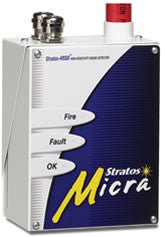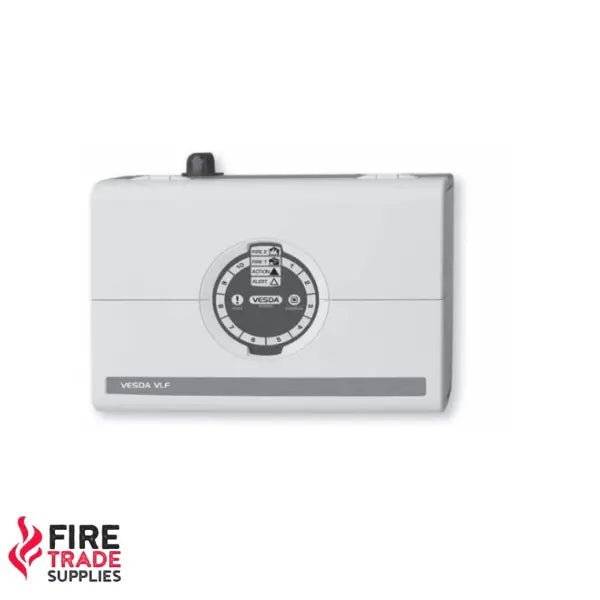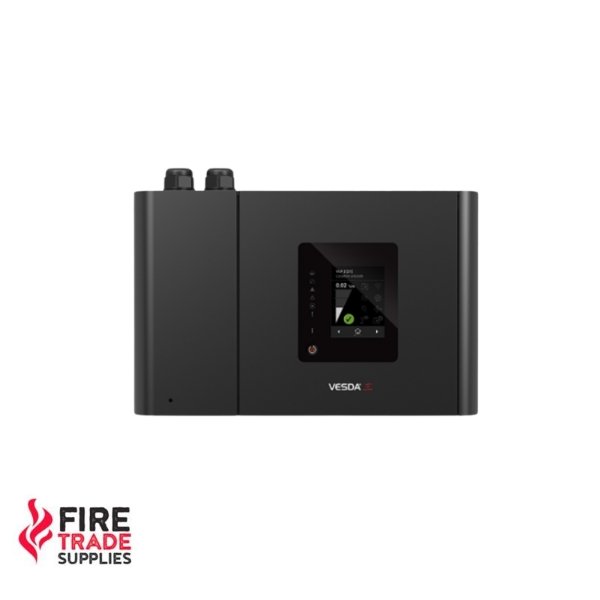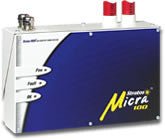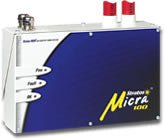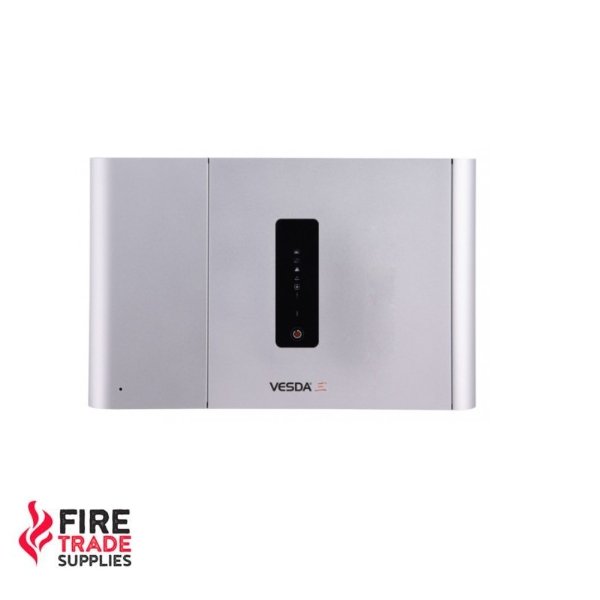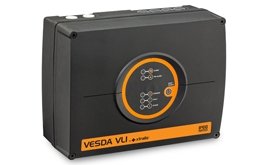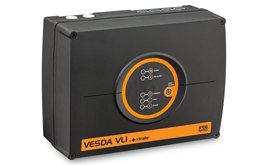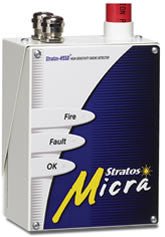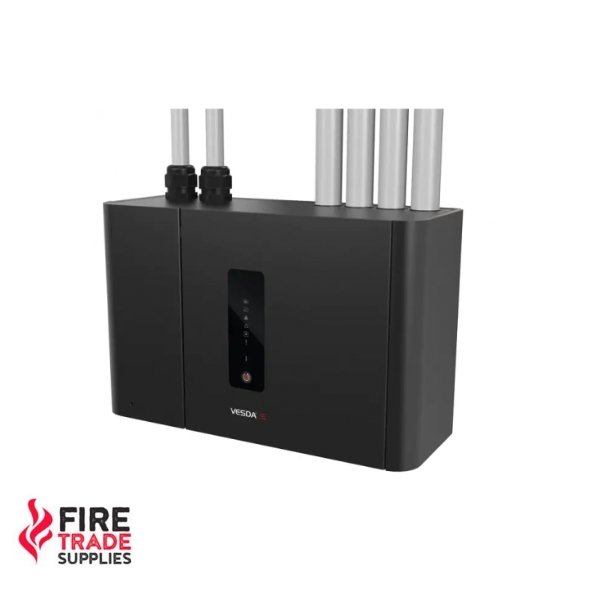
Recently viewed
Vesda FAQ's
An aspirating smoke detector (ASD) is a highly sensitive fire detection system that draws air continuously through a network of small pipes. The sampled air is analysed in a central detection unit for smoke particles, allowing fires to be identified at the very earliest stage — often before they are visible.
Beam detectors project/receive a light beam across a space and alarm when smoke obscures the beam (line-of-sight device). ASD draws air through pipes to a detector for analysis—no line-of-sight needed and typically much higher sensitivity for very-early warning.
Very early smoke detection aspiration refers to the ability of ASD systems like VESDA to identify smoke particles at the incipient stage of a fire, often before they are visible to the human eye. This provides valuable time for investigation and intervention.
Transport time is the length of time it takes for air to travel from the sampling point through the pipework to the detection chamber. Short transport times (typically a few seconds) are critical to ensure early warning performance.
The two main types are:
Point-type detectors (ionisation or optical), mounted on ceilings.
Specialist detectors, such as beam detectors or aspirating smoke detection systems, designed for larger or more complex environments.
Signs include frequent false alarms, failure to respond to test smoke, warning lights or error codes on the unit, or visible dust build-up. In aspirating systems, reduced airflow or clogged pipework can also indicate issues.
Aspirating smoke detectors are ideal in environments where very early detection is required, or where traditional detectors may be unsuitable. Common scenarios include high-ceiling spaces, dusty or humid areas, mission-critical sites, and locations where rapid evacuation is difficult.
The small-diameter sampling pipe (ASD pipe) used to draw air from the protected area to the detector. Correct hole size/spacing and total pipe length are engineered during design to meet sensitivity/transport-time targets.
A fan/pump pulls air from the protected area through ASD pipework into a detection chamber. The air is filtered to remove dust, then optical sensors measure very low smoke concentrations and signal graded alarms.
It describes active, continuous air sampling to detect minute smoke particles at the incipient stage—giving time to investigate before escalation. VESDA systems are designed for this level of sensitivity.
Still Have Questions?
If we still haven't answered your question, you can contact us below and we will get back to you as soon as possible.

